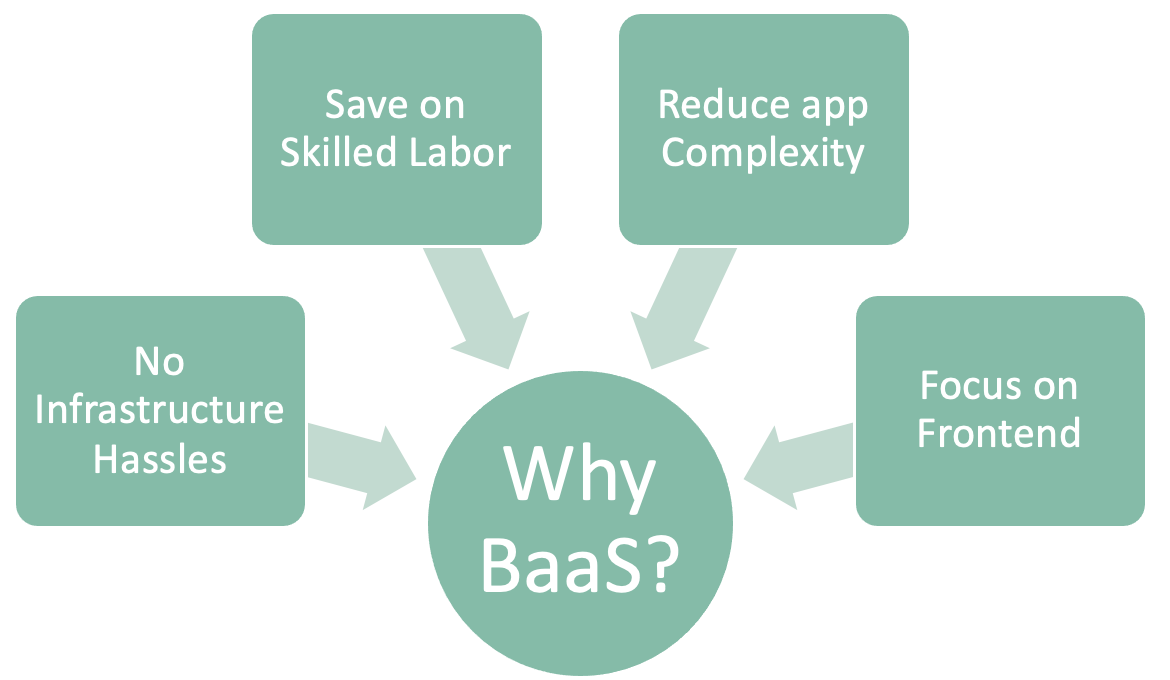Backup as-a-Service: Ultimate solution of Data security for the cloud Era
In the past two years, the corona pandemic has forced many companies to adapt remote work. Since then, a significant number of employees have been working from home. IDC predicts that by 2023, 60 percent of all enterprise data will be generated by remote workers. At the same time, the threat situation in terms of cyber security has intensified. Ransomware attacks increased by 80 percent between February 2021 and March 2022. While cybersecurity has long been a critical concern, it is now more important than ever for organizations to take effective security measures.
In order to access all office resources from home, employees have changed or modified firewalls and access points. As a result, since most of the data is generated outside of the corporate firewall, it creates a greater exposure. The number of ransomware attacks on software-as-a-service (SaaS) applications have also increased. And while these services generally have security features, cybercriminals can gain access through a user’s compromised operating system. Giving the possibility to the attackers to attack the cloud services themselves.
Companies must equally consider the three pillars of data security: confidentiality, integrity and availability. But how can you protect your organization and still enable the staff to exchange information safely? Confidentiality ensures that information is only accessible to authorized persons. Integrity ensures that information remains unchanged throughout its life cycle. Availability makes sure that information is accessible within a certain period of time. Together with the concept of traceability, these aspects are the basic criteria for information security.
Security is not a singular activity, it is an ongoing process and it is crucial for companies to be aware of this fact. Cybersecurity success for organizations that are proactive and only take basic security measures to protect their data has typically had limited success. IT environments must be routinely monitored so that anomalies can be identified quickly and appropriate countermeasures can be initiated in the event of an actual attack. All companies and institutions should also have the capability and services to be prepared for recovery in the event of data loss due to a ransomware attack.
However, for many organizations, their current backup solutions are either not up to date, either ineffective or costly. Most of the time their data is stores on-premises on a local server, making the storage often too slow and requiring a lot of maintenance along with carrying the risk of data loss.
Backup-as-a-Service (BaaS) is a modern alternative to this traditional backup approach. BaaS, also known as online backup or cloud backup, is a way to store data remotely in the cloud and outsource the management of data infrastructure and services assistance to a service provider. A BaaS solution eliminates the traditional storage methods as it runs on cloud-based storage. Using Backup as a Service enables organizations to eliminate capacity overprovisioning and long CapEx (capital expenditure) purchase cycles and move to subscription based OpEx (operating expenditure) pricing. Equally significantly, it allows organizations to free up resources dedicated to infrastructure management to focus on more strategic tasks. This makes BaaS the ideal solution for companies that have limited or no IT infrastructure of their own.

BaaS can connect systems to a private, public, or hybrid cloud environment, depending on the organization’s existing backup strategy. The data is then managed exclusively by the external provider. Companies that use BaaS solutions only pay for the services of an external company.
The main advantage of BaaS compared to traditional (on-premises) data protection solutions is its ease of administration. By storing the data in a cloud backup solution, there is no need to manually move the data to external locations and regularly swap out the hardware, such as hard drives. Thus, it eliminates the need for physical components of data protection, such as tape drives, servers and other hardware elements. These are expensive, high-maintenance and only have a limited lifespan. The shift to opex takes the headache out of capital expenditures and upgrades with simple subscription-based pricing. As a result, a company can save significant resources and have more time to focus on business processes and its core business and thus on generating profits.
The respective cloud provider is responsible for maintaining the cloud infrastructure. Data stored in the cloud does not have to be transported either. As a result, organizations save on storage media, transporting that media to remote locations for safekeeping, and the costs associated with managing backup systems. For this reason, BaaS is also much more cost-effective.
The multi-level redundancy of a BaaS solution also offers companies a higher level of security when restoring data. This is because BaaS stores multiple copies of data in independent locations. If data is lost or deleted, the backups are easy to find and the information can be quickly restored, allowing the business to get back to business as usual in no time.
Another benefit is that certain BaaS providers offer what is known as data compliance service to comply with government regulations. These include the right to erasure and the ability to remove data along with the full content index. This feature further includes a range of ransomware protection features and provides complementary processes and services to enable users to secure data from any cloud environment.
Cloud-based backup solutions require less maintenance and are more cost-efficient, as well as more secure and reliable, and are therefore clearly the better alternative. As a result, investing in on-premises backup is no longer advisable for most businesses. Rather, they should focus on BaaS solutions in order to increase their level of protection and quickly regain access to their data in the event of a ransomware attack.
